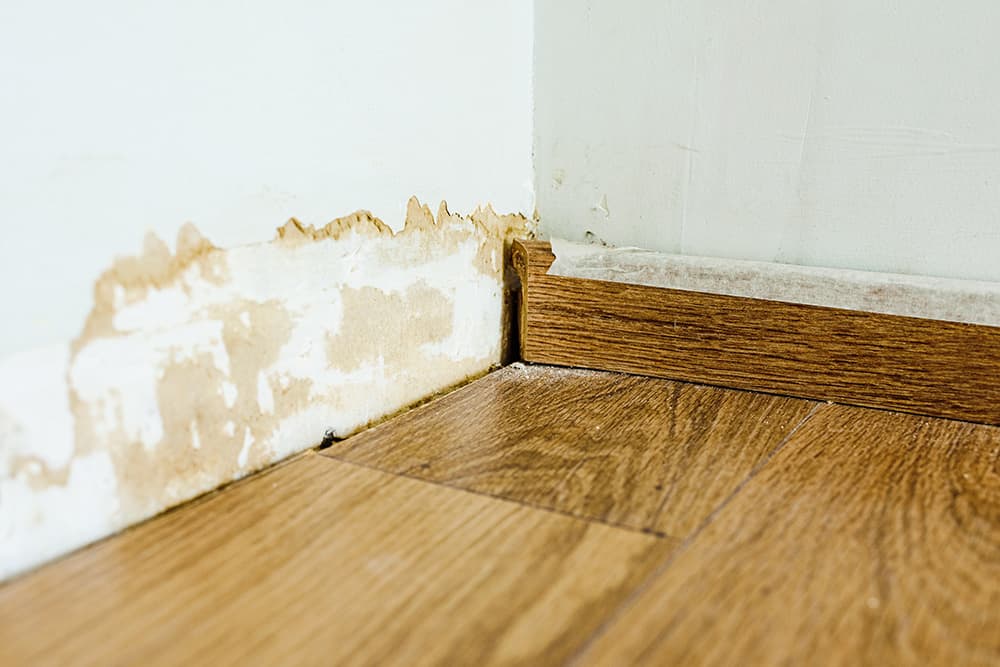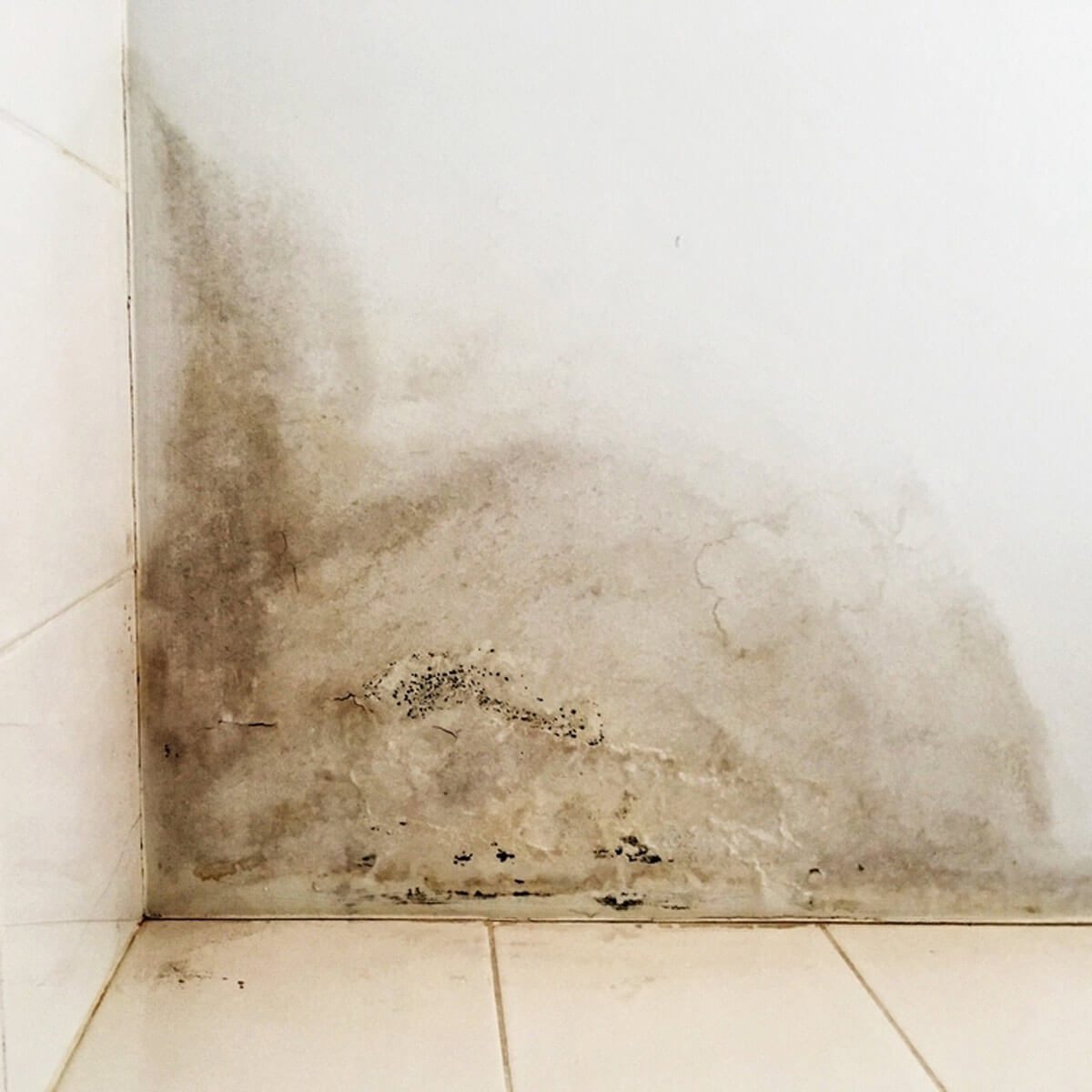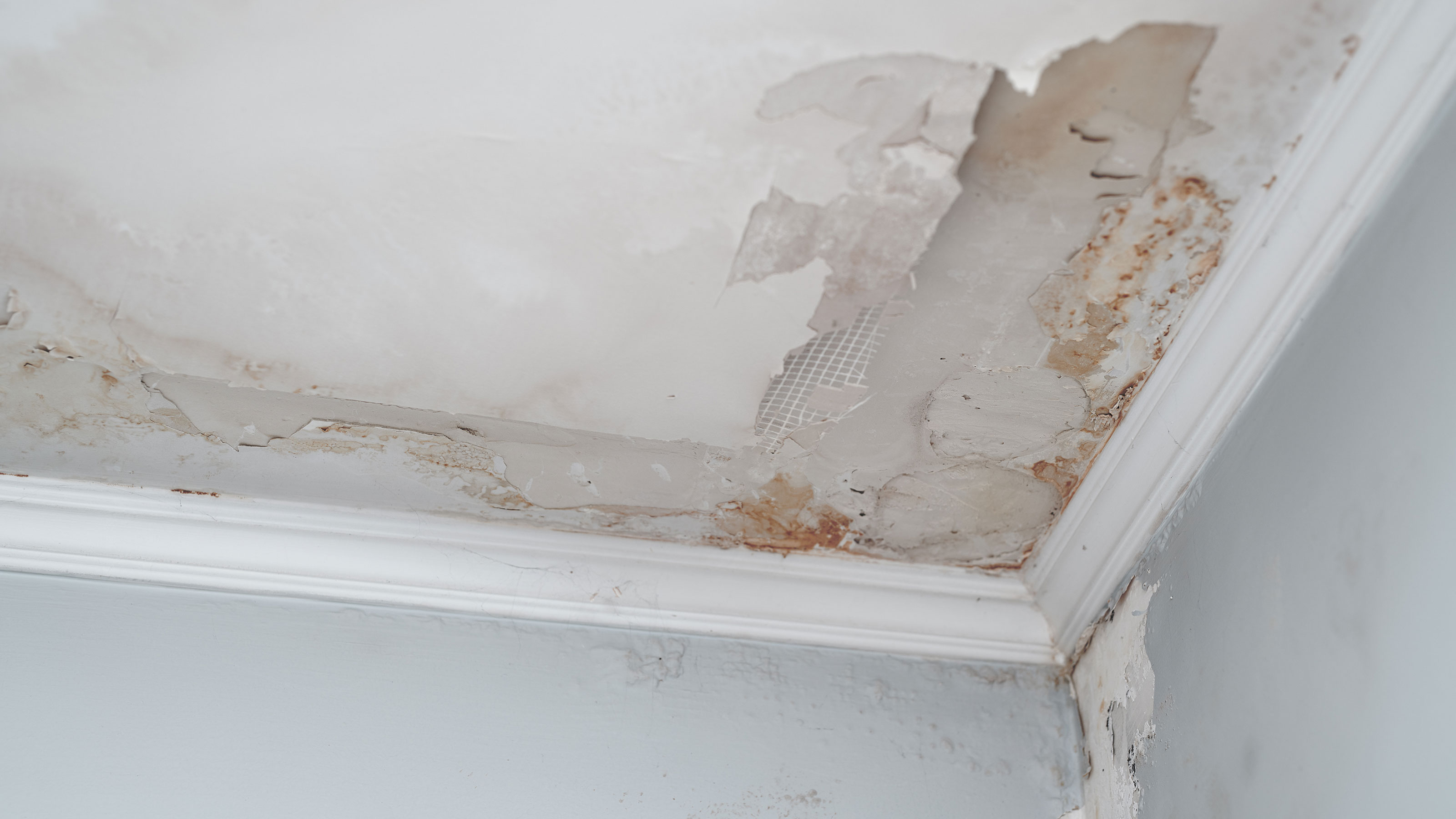Top Water Mitigation Company for Fast Response and Quality Service
Wiki Article
The Process of Water Damage Cleaning: Guaranteeing Your Home Is Restored Efficiently
Water damages can be a challenging difficulty for home owners, requiring a structured and meticulous cleaning process to recover safety and security and functionality. A comprehensive analysis is important to recognize the degree of the damages and establish the appropriate remediation procedures. Following this, reliable water removal methods play a critical function in alleviating further injury. However, the nuances of drying out, sterilizing, and eventual restoration are just as necessary and commonly forgotten. Recognizing these phases can make a substantial difference in the outcome of your home's remediation, triggering a closer take a look at what each action involves.Assessing the Damages
Upon discovering water damages, the first step is to completely assess the level of the impact. This first analysis is critical, as it aids identify the necessary steps for efficient cleaning and reconstruction. Begin by checking the affected areas, including walls, ceilings, floorings, and individual valuables, to identify the source of the water invasion, whether from flooding, leakages, or condensation.Documenting the damages is necessary for both insurance coverage cases and planning reconstruction efforts - damage restoration services. Use pictures and written notes to capture the intensity of the damages, noting any type of damaged architectural components and materials. Pay special interest to locations that might not be quickly noticeable, such as behind wall surfaces and under carpets, as hidden wetness can cause additional complications, including mold growth
Furthermore, analyze the timeline of the water direct exposure. The longer the products remain wet, the greater the capacity for damage. Recognizing the period of direct exposure will inform the urgency of removal initiatives. Inevitably, a detailed assessment lays the foundation for an effective water damages cleaning procedure, making certain that all influenced areas are attended to properly and completely.
Water Removal Methods

Specialists commonly use completely submersible pumps for larger quantities of water, which can swiftly reduce flooding in cellars or other affected locations. For smaller amounts, wet/dry vacuum cleaners are commonly utilized to extract recurring moisture from carpetings and difficult surface areas. Furthermore, using mobile extractors enables targeted elimination in confined rooms or areas with fragile materials.
In circumstances of infected water, such as sewage or floodwater, progressed extraction strategies may entail using biohazard tools to ensure safety and security and compliance with health regulations. High-powered removal tools are vital in lessening water retention in structural products, which can bring about mold growth and architectural wear and tear otherwise addressed quickly.
Ultimately, the effectiveness of water extraction methods plays a crucial role in the general success of the water damages clean-up procedure, laying the groundwork for subsequent repair initiatives.
Drying and Dehumidification
Once standing water has actually been properly extracted, the next important stage in the water damages clean-up procedure is drying out and dehumidification. This action is important to stop further damages and mold and mildew development, which can take place within 24 to 48 hours in damp atmospheres.To attain reliable drying, specialized devices such as industrial-grade air movers and dehumidifiers is employed. Air movers flow air throughout damp surface areas, boosting evaporation rates, while dehumidifiers minimize humidity levels in the air, promoting a favorable setting for drying out. The mix of these devices makes sure that wetness is extracted from wall surfaces, floorings, and home furnishings, allowing them to dry extensively.
It is essential to check the drying process carefully. Professionals frequently make use of dampness meters to assess the wetness material in different materials, making sure that all influenced locations reach appropriate dry skin degrees. This meticulous strategy aids to avoid surprise moisture pockets that can result in architectural damages or undesirable mold and mildew development.

Cleansing and Sanitizing
After the drying out and dehumidification stage is total, the next vital action in water damage cleanup is cleansing and sterilizing the influenced locations. This process is crucial to protect against the development of mold and mildew, microorganisms, and other microorganisms that flourish in moist atmospheres.The cleansing phase commonly entails removing any kind of particles, dirt, and pollutants from surface areas utilizing specialized cleansing representatives. For tough surface areas, a combination of soap and water or commercial cleansing items is frequently used. Soft products, such as furniture and carpetings, may call for more substantial cleansing techniques, including steam cleaning or deep extraction strategies, to guarantee thorough cleanliness.

Disinfecting adheres to cleansing, making use of EPA-approved anti-bacterials to eliminate damaging microorganisms. This action is vital, particularly in areas that might have entered contact with floodwaters or sewage, as these sources can position significant health threats.
In addition, it is very important to address any continuing to be smells, which may require the usage of odor neutralizers or advanced strategies like ozone treatment. Proper cleaning and sterilizing not just restore the safety and health of your home but additionally lay the foundation for successful repair and fixings in subsequent stages of the water damages cleanup process.
Reconstruction and Repair Services

As soon as the assessment is total, repair initiatives can start. Furthermore, flooring may need comparable interest, depending on the level of water direct exposure.
water mitigation company It is vital to engage knowledgeable restoration professionals during this procedure, as they have the competence to deal with complex repair work properly. Furthermore, they can help reduce potential future issues, such as mold development or structural instability, thus guaranteeing a habitable and risk-free living atmosphere. Eventually, reliable restoration and fixings bring back the home's stability and enhance its general value.
Conclusion
Finally, the procedure of water damages cleanup is critical for bring back a home to its pre-damage problem. Each phase, from analyzing the damage to implementing efficient water extraction strategies, complied with by comprehensive drying, sanitizing, and essential repair work, plays an important function in guaranteeing safety and conformity with building standards. Efficient implementation of these steps not only alleviates prompt damage but likewise improves the long-term stability and value of the home.Water damages can be an overwhelming obstacle for house owners, demanding a structured and thorough cleaning procedure to bring back safety and security and performance. Ultimately, a detailed analysis lays the groundwork for an effective water damages clean-up procedure, making certain that all influenced locations are addressed successfully and extensively.
Effective water removal techniques are crucial in minimizing damage and stopping additional complications adhering to a water intrusion event.In verdict, the procedure of water damages clean-up is vital for bring back a home to its pre-damage condition. Each phase, from assessing the damage to implementing effective water removal techniques, complied with by extensive drying, disinfecting, and necessary fixings, plays an essential duty in making sure safety and compliance with structure criteria.
Report this wiki page